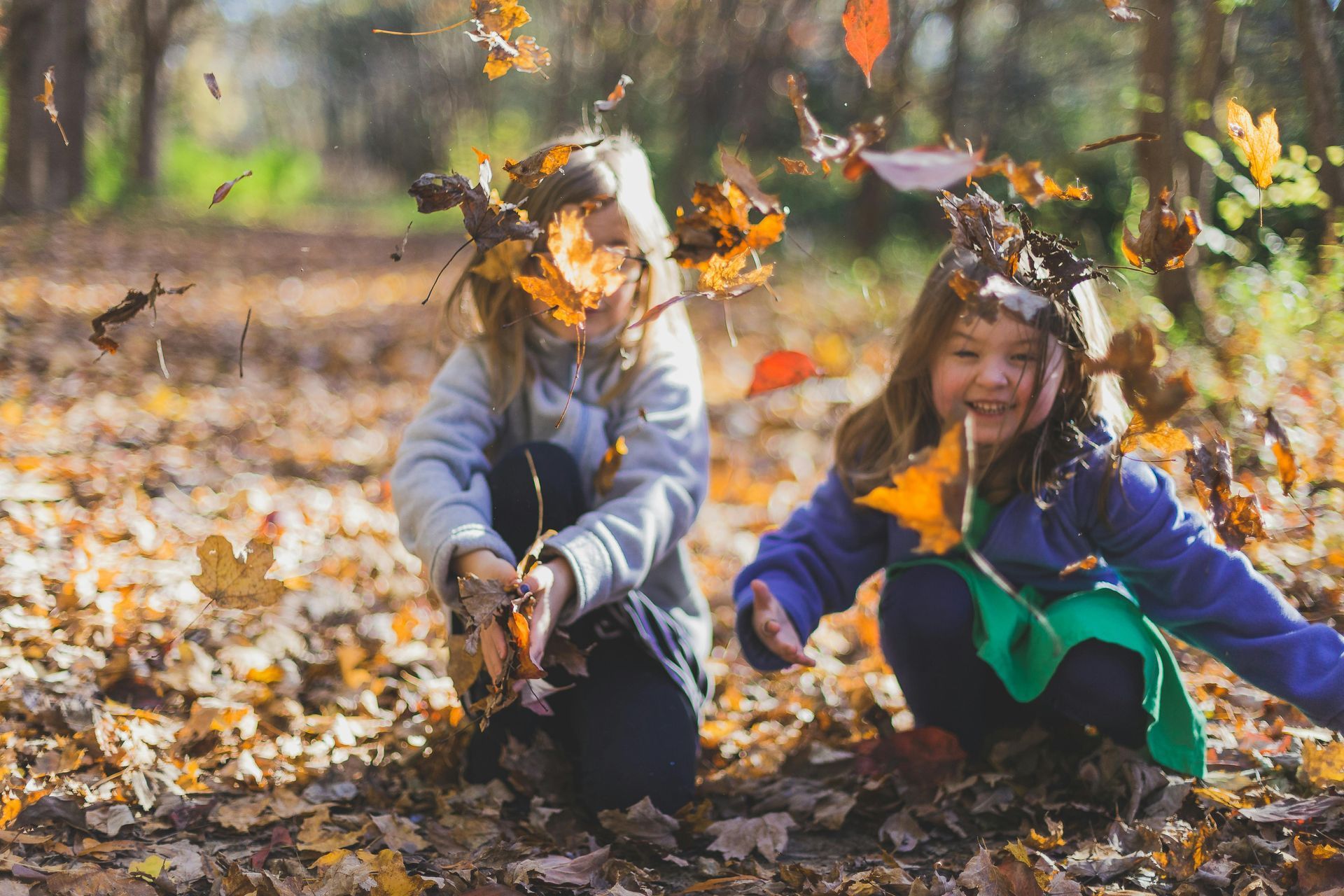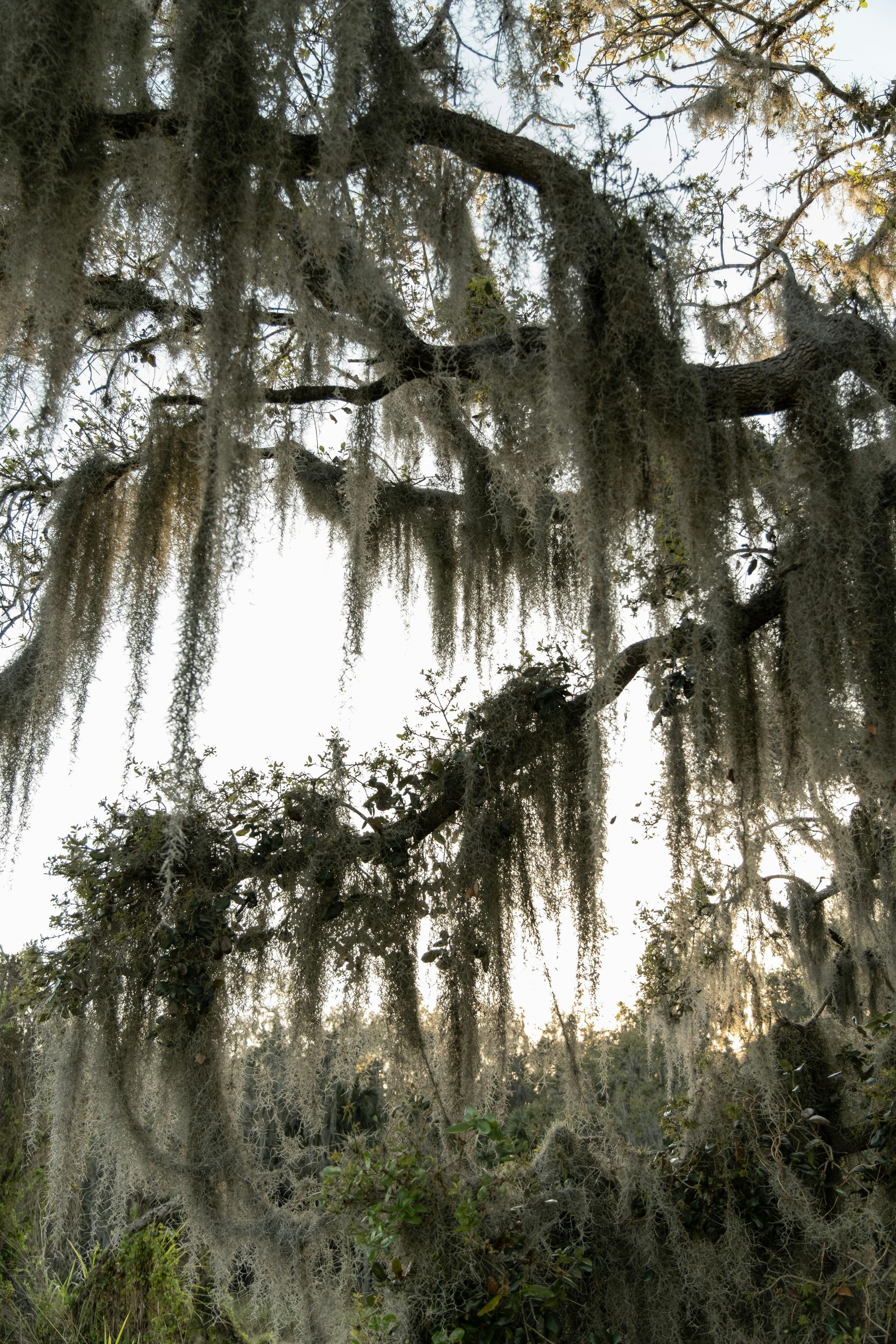Good Reasons to Remove a Tree
Trees bring so much beauty and life to the landscape. You may even have fond memories of a tree in your yard. No one ever wants to say goodbye to their tall beauties, but at some point, that time does come. While the tree may seem healthy and safe to the untrained eye, it could be a colossal disaster waiting to happen. When no other measures can be taken to save a tree, such as disease mitigation and pruning, you should ask the question “does the tree need to be removed?”. 9 times out of 10, unfortunately the answer will be to take the tree down. This blog explores mainly illnesses and defects that warrant removal, but will also discuss reasons such as hazard to surrounding structures, and powerlines.
Signs of a dying tree
It's not always easy to spot a dying tree, at least at first. Trees can go years before showing any noticeable signs that they are sick or diseased. Luckily, tree care professionals such as 4 Seasons Arborscapes know what to look for when they conduct on-site assessments. Symptoms of a dying tree include:
- Large, dead branches in the tree's crown
- Evidence of root defects
- Compromised, hollow, or decaying trunk wood
- Sudden, extreme lean
- Leaves that fail to emerge in the springtime
- Bark is falling off or missing
- Rust colored leaves during a season when leaves should be green
- Fungus on the trunk or branches
If you notice any of these symptoms on your trees, it is likely that the tree will need to be removed. However, depending on various factors, you may be able to extend the life of your tree with treatments and proper pruning techniques.
Reasons to Remove a Tree
1. Large, dead branches in the tree's crown
Dead branches here and there are part of a tree’s natural growth cycle. Small debris from a tree is not often cause for concern. However, large, dead branches near the crown of a dying tree are especially dangerous, as these can fall hard and suddenly. Depending on your budget and the tree's assessed risk, you may be able to get away with
deadwooding your tree.
Otherwise, it would be beneficial to have the tree removed to protect your family and property.
2. Evidence of root defects
Root and butt rot -- these are wood-decay diseases often caused by fungi. Fungi may be exposed only when trees suffer uprooting or stem failure during strong winds. Your tree may also experience these symptoms if root or butt rot is occurring:
- Progressive canopy dieback
- Stunted shoots
- Undersized leaves
- Pale-colored foliage
- Open cavities at the base of the tree
- Seams or cracks with sap/resin flow
- Extensive flaring at the base of the trunk
Root defects such as fungi-induced rot are nearly impossible to treat with chemicals. It is only a matter of time before the tree comes crashing down on nearby property. The best course of action is to
have the tree assessed by a professional to determine if tree removal is right for you.
3. Compromised, hollow, or decaying trunk wood
Compromised trunk wood may look like:
- Cracked, gouged, split, or missing bark
- Holes in the bark or trunk wood
- Hollowed trunk
- Cankers or other evidence of mechanical or insect damage
- Decay
There are many reasons why a tree’s trunk may become compromised. Several of these can be treated by an arborist or disease remediation specialist if the damage has not impacted the structural integrity of the tree:
- Trees can be severely damaged in high winds, often leading to broken branches and cracked or split trunks
- Animals can cause serious damage to trees by chewing on bark and gnawing away at the wood.
- Many diseases can affect a tree’s trunk, causing lesions, cracks, or rot.
- Wood-boring insects such as termites or carpenter ants can seriously damage a tree’s trunk over time.
4. Sudden, extreme lean
A leaning tree is not always an indicator of removal. Trees will often be found leaning due to phototropism, or growing towards the light. This is a normal pattern of growth and not cause for concern. However, if you have a mature tree that has developed a lean in recent years, you may want to get it assessed for structural deficiencies. A sudden or extreme lean can be caused by:
- Damaged roots
- Soil erosion leading to instability
- Wind or storm damage
An experienced tree care professional will be able to tell you whether the lean in your tree is hazardous or not.
5. Leaves fail to emerge in the spring
Lack of leaves is a clear sign that something is happening with your tree. While diseases such as anthracnose can cause limited leaf-out without killing the tree right away, you'll still want to have the tree assessed and treated to prevent further damage and disease spread. Most of the time when a tree fails to leaf out, our professionals will tell you to wait until next season to see if the issue persists. If it does persist, we will discuss the possibility of removal.
6. Fungus growing on the trunk or branches
Fungal growths on tree trunks, butts, or branches can mean that the tree is dying. This is often caused by an infestation of fungal spores that found its way into the tree through various means, such as damage from a lawn mower, out-of-season pruning, dirty tools, animal damage, and many other sources. The fungus spreads throughout the body of the tree first, then begins to fruit on the outer surfaces. This means your tree could have been infected long before you noticed, and it also means that it is unlikely to be treatable.
Evidence of fungal infestation does not always mean that the tree needs to come down right away, but it is very likely that it will need to come down in the coming years. As always, it is best to contact a professional to have the tree assessed.
7. Tree is growing under power lines
Trees and powerlines are a notoriously terrible mix. Trees taller than power lines or trees that are too close to the lines can be blown over in high winds, pulling the line down from supporting towers or poles. Often, utility companies will prune or remove these trees free of charge if they pose a serious risk to the powerlines. However, there is a major wait time in getting these companies out to the property to inspect the trees, plus another major wait time to get the crew out to do the work. If you are willing to wait, great! If not,
give us a call and we will take care of the process for you.
8. Tree is too close to a house or other structure
Everyone who owns a home knows that a tree crashing through the roof during a storm is a total nightmare. But the damage doesn't end there. When trees grow too close to your home or other structures, you run the risk of:
- Roots uplifting or cracking the foundation
- Branches and other debris falling onto roofs, pools, or driveways
- Total collapse onto nearby structures
- Mold, animal, and insect invasion into your house
Removal is not always necessary for close-proximity trees. You may be able to get away with heavy pruning on one or more sides to redirect new growth away from the home. Root growth on the other hand, cannot be controlled through pruning and if this is an issue, you will want to look into removing the tree.
Remember: Dead or dying trees do not always need to be removed.
If the tree is in a wooded area or separated from structures, you may want to let nature take it's course. These trees provide much needed shelter for animals in the wild. Many wild birds will use snags for feeding and nest building. Cavities and slits provide roosting spots for flying squirrels, bats, owls, and woodpeckers.
As a tree decays, the nutrients from the leaves and wood break down to enrich surrounding soil which benefits plant life and subsequently animal life. Several forms of fungi and lichen also grow on dead trees, which in turn supply nesting material and a good food source for wild birds and other wildlife creatures.
Dead trees in winter will trap snow, as it melts the soil absorbs it and nearby plants will benefit from the moisturized soil.
References:
Should you cut down that tree? 10 ways to tell | Angi (angi.com)
Garden Inspiration Using Dead Trees & Branches - Harmony in the Garden
Dead Trees Or Snags Support A Plethora Of Wildlife - Wild Bird Scoop
How to Identify the Common Signs of Tree Illness and Act Fast (greenthumb-ottawa.com)
How to Repair a Damaged Tree Trunk - Tree Musketeers
Root Diseases of Trees | Forest Pathology
Five Reasons Why You Should Leave a Dying or Dead Tree (elitetreecare.com)
Canva Images
Check out the latest:









